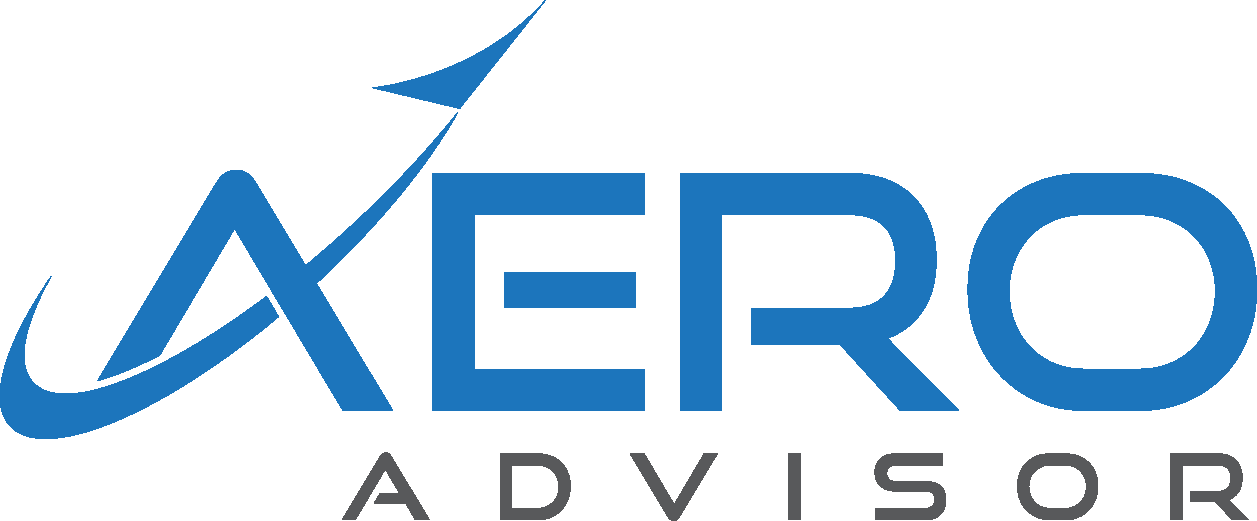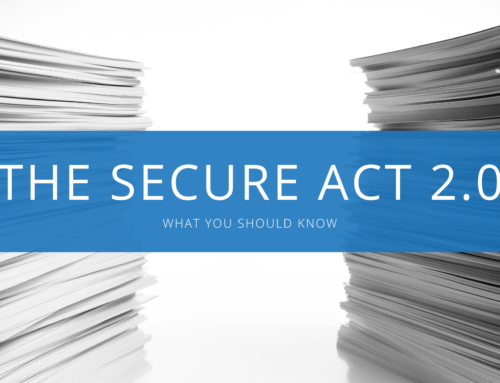Regardless of whether you prepare your taxes yourself or use a professional’s services, it’s a good idea to gather the information and documentation you need well in advance of your actual tax filing date. Below, we’ve listed some key information you need when preparing this year’s taxes.
Your Personal Information
The personal information you may need to file taxes may contain information from your prior year’s return, including:
- Your Social Security Number (SSN), along with SSNs for your spouse, if applicable, and any dependents
- Last year’s Adjusted Gross Income (AGI) if you’re e-filing your taxes and need to confirm your identity
- Any tax filing PIN you may have.
Your Income Information
Your tax return typically requires documentation for all the taxable income you received the previous year.
- W-2 forms
- 1099 forms
- 1099-MISC for contract employees
- 1099-K for those who receive payment through a third-party provider like Venmo or Paypal
- 1099-DIV for investment dividends
- 1099-INT for investment interest
- 1099-B for transactions handled by brokers
- Receipts, pay stubs, or any other documentation on income that isn’t otherwise reflected.
Your Deduction Information
Next, gather information on deductions that help reduce your overall tax burden. These include, but aren’t necessarily limited to:
- IRA and other retirement contributions
- Medical bills
- Property taxes
- Mortgage interest
- Educational expenses like college tuition or student loan payments
- State and local income taxes or sales taxes
- Charitable donations
- Dependent care expenses
- Classroom expenses (for teachers)
There are other state-specific deductions that may apply to your situation.
Your Tax Credit Information
Credits may further decrease your tax burden. Unlike deductions, which may lower your taxable income, tax credits simply credit you a portion of what you’d otherwise owe. Some available tax credits may include:
- Earned Income Tax Credit
- Child Tax Credits
- Dependent Care
- American Opportunity and Lifetime Learning Tax Credits
- The Saver’s Credit
Often, the information needed to receive these tax credits may be duplicative of other tax information. For example, having your retirement contribution records handy may support both an IRA deduction and the Saver’s Credit (if you qualify). Having your child’s SSN may allow you to fill out the Child Tax Credit section and the dependent care deduction. The more income- and deduction-related information you have in one spot, the more streamlined your tax prep process should be.
Your Tax Payment Information
Finally, gather and provide information on how much you’ve already paid in taxes, whether through estimated tax payments, income withholdings, or both. This helps you quickly calculate your total amount due once you’ve entered your income, deduction, credit, and withholding information.
Important Disclosures:
The opinions voiced in this material are for general information only and are not intended to provide specific advice or recommendations for any individual.
This information is not intended to be a substitute for specific individualized tax advice. We suggest that you discuss your specific tax issues with a qualified tax advisor.
All information is believed to be from reliable sources; however LPL Financial makes no representation as to its completeness or accuracy.
This article was prepared by WriterAccess.
LPL Tracking # 1-05206790
Source:
https://www.nerdwallet.com/article/taxes/tax-deductions-tax-breaks






